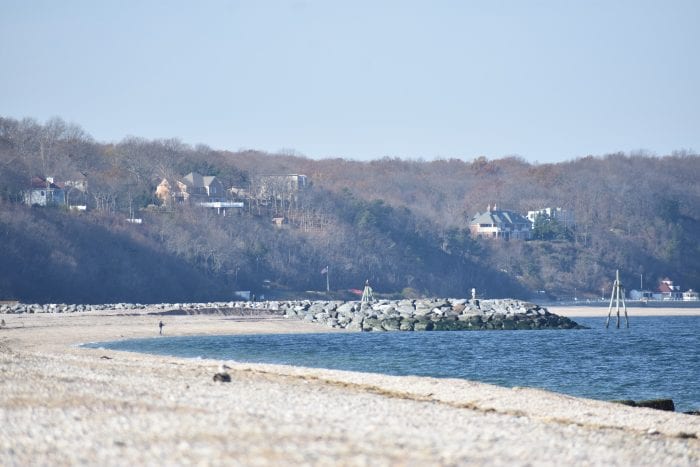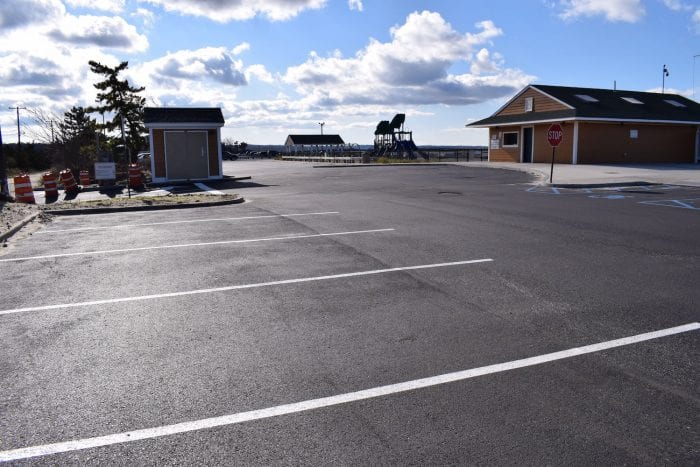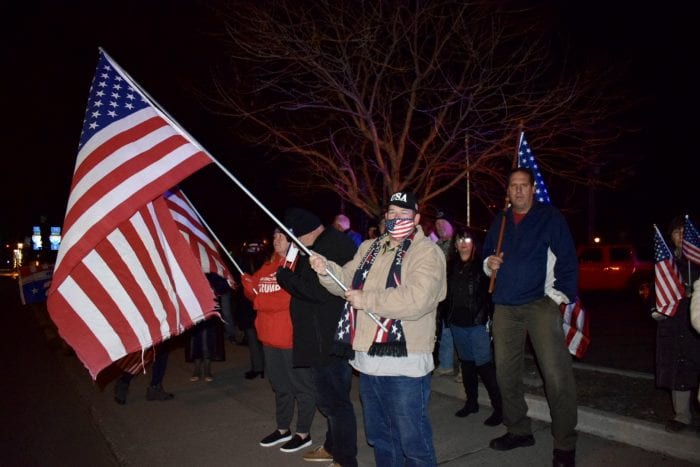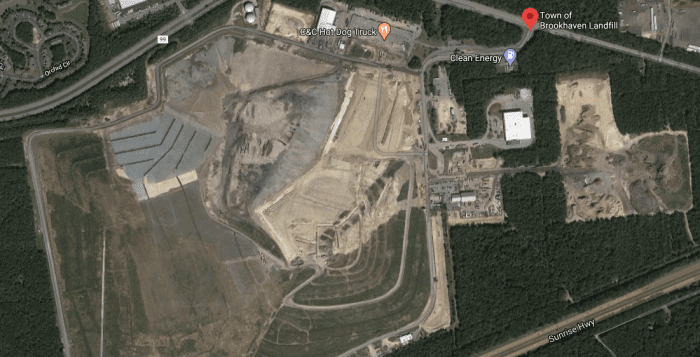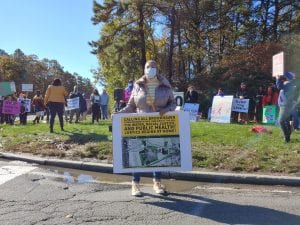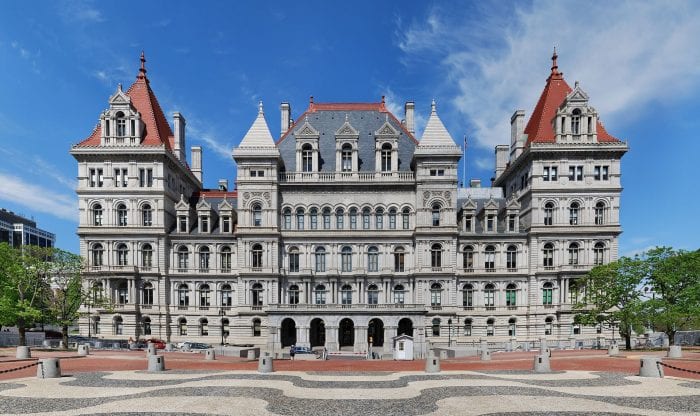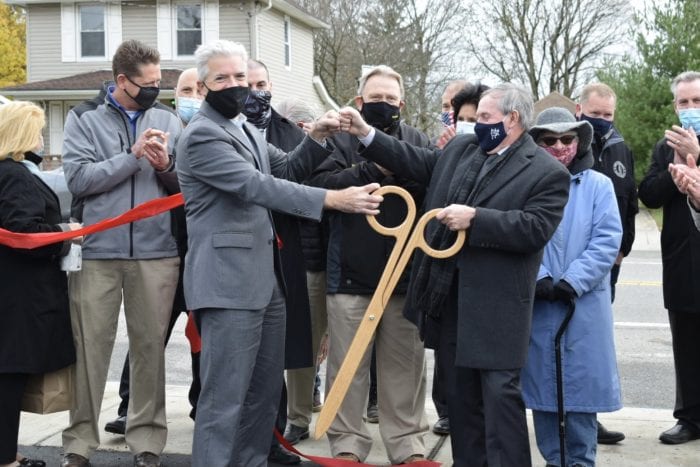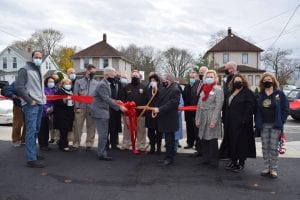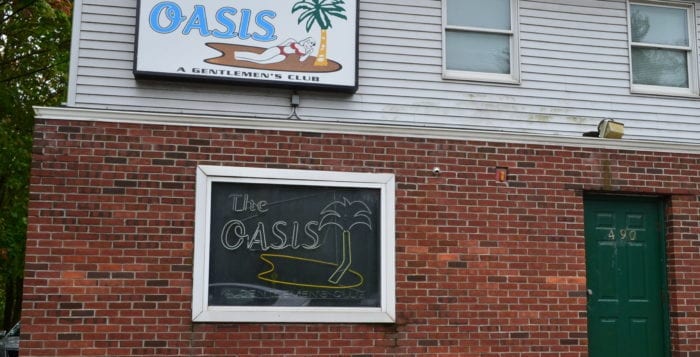It’s finally happening.
Suffolk County now has all it needs to start dredging the mouth of Mount Sinai Harbor between the two newly reconstructed jetties. It is the last piece of the puzzle before the decade-long, multimillion dollar project to repair the beleaguered inlet can be finalized.
Brookhaven Councilwoman Jane Bonner (R-Rocky Point) asked for a drum roll over Zoom at the online town meeting Nov. 19, saying she is finally able to exhale as the dredging should mean the finale to an extended saga. The harbor dredging will impact how well the Mount Sinai Harbor flushes, which is a big boon to the marine life inside, including the town’s oysters and clams at its mariculture facility.
“It’s hard to fight Mother Nature,” she said. “Frankly, I’m just happy that
it’s over.”
The town is permitting Suffolk County to complete the dredging with a total cost of $2 million. Because an increased amount of sand will be dredged than originally anticipated, the cost jumped by an additional $1 million compared to before.
“Sand is very valuable,” the councilwoman said.
The project is planned to go from December through January, according to Bonner.
Though the councilwoman said the town was originally set to receive half the dredged sand, a recent decision by the New York State Department of Environmental Conservation has mandated all the sand will be going to the Village of Port Jefferson to replenish its East Beach. Village Clerk Barbara Sakovich said that the amount of sand will be close to 80,000 cubic yards, provided by the county. In addition, the village is also set to receive hundreds of cubic yards a week from the Stony Brook dredging project, which has already started and is estimated to take five weeks.
Bonner expressed some disappointment that the dredging will not provide some additional sand on the marina side of the Cedar Beach peninsula.
“We’re resourceful, we’ll figure something out,” the councilwoman said, adding she wanted to thank state Sen. Ken LaValle (R-Port Jefferson) who managed to give the town a $3 million grant toward the jetty reconstruction.
The Village of Port Jefferson has long said much of the sand that ended up on the bottom of the inlet was from East Beach, which slipped through the broken jetty. Satellite images from the 1990s until now show a dramatic decrease of beachfront lost to storms and erosion over time.
“The dredging is great news,” PJ village Mayor Margot Garant said. “I can’t confirm it replaces all the sand [East Beach has lost], but it will certainly be a substantial renourishment.”
The jetty project was finally completed in May this year after several months of construction and many years of planning. For close to a decade, both the east and west jetty in Mount Sinai have been largely submerged at high tide, with both water and sand leaking through breaks in the stones and settling into the mouth of Mount Sinai Harbor. Contractors were awarded an $8.3 million agreement in total to reconstruct both jetties.

